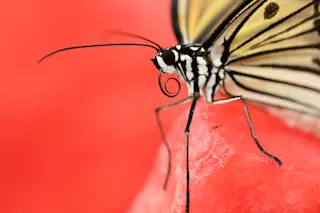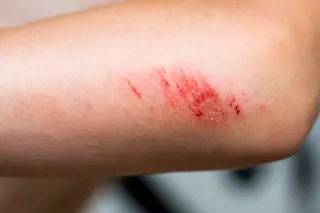We will not dwell on the Pit of Bones.
People who have been there have a lot to say about it: a place where 250,000 years ago, human beings dragged several dozen corpses of other human beings into a cave and--who knows why?--dumped them down a 46- foot shaft. With a dull thwack the corpses must have landed, the base of the shaft being a muddy slope; arms and legs flailing like rag dolls, they rolled and settled into a low chamber that is the true bottom of the pit--a chamber without exit. Later, bears looking to hibernate blundered into the shaft, and some of them survived the fall long enough to gnaw on the human remains. Foxes also took the tumble, as did a lion or two. Over many centuries, a rich layer of animal remains built up on top of the jumbled human ones--and then the original mouth ...














